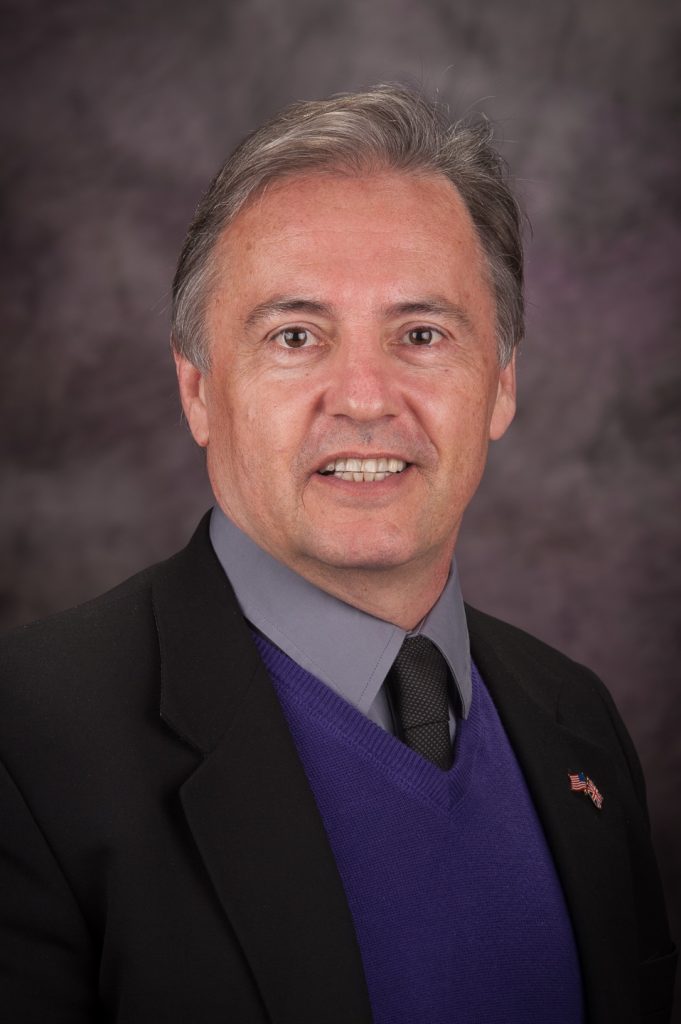Five Tips for Getting a Good Start on the Semester (and Maybe Even Enjoying Ourselves a Little)
By Paul Hanstedt
My friend Gray Kochhar-Lindgren says there’s no better way to raise the temperature in a room than for one person to tell another person how to teach. I always try to keep this in mind when talking with folks about what we do in the classroom, this thing that has the potential to change the world in very real, very powerful ways—but that also, at times, makes all of us, students and faculty alike, feel incredibly vulnerable. That in mind, please take what follows with a very large grain of salt.
- Don’t begin by covering the syllabus. Do this later. First impressions matter, and if the first thing we cover is the syllabus, then the message we send is that the class is about rules and regulations, rather than ideas and powerful learning.
- Instead, begin with a Beautiful Problem—the kind of problem that engages you in your work, the kind of problem that drew you into the field, the kind of big, gorgeous, difficult challenge that engages your curiosity and intellect and keeps you going even as it drives you nuts. If you’re teaching art history, put a painting on the screen. If you’re teaching mathematics, show students a problem that’s puzzled mathematicians for years. Sure, you may have to tone down the degree of difficulty a little, but don’t go down too far! Provide students with a few tools to tackle your beautiful problem, then let them go.
- Meet students where they are. Yes, this is something of a cliché, but we often forget, focusing instead on how students fall short of our expectations. So when they tackle your Beautiful Problem, point out not their shortcomings, but the small steps, the little bits and pieces of brilliance. We need to have high expectations, but it’s impossible for anyone to meet those expectations if they can’t even begin.
- Never apologize for being passionate about your topic—or anything else for that matter. Show students not just what you love, but why. And don’t apologize for expecting them to throw themselves into it as well: for these 90 minutes, this is what we do. And we will do it well. An engaged approach will engage students—and more importantly, it will show them that “work” and “joy” are not antithetical.
- Assume a gracious and powerful audience. Teaching is a rhetorical act: we’re presenting a construction of our selves teaching a construction of the course topic. And we’re teaching it to a constructed audience, created by all of our assumptions about who these students are, what they do or don’t want, how smart they are or aren’t, how far they can or can’t go, how hard they will or won’t work. The thing is, people rise or sink to the level we’ve created for them—they can read how we’re reading them. So assume a wise audience. Assume a room full of students filled with good will and a willingness to work hard. Assume an audience with good intentions, and the desire to be pushed, and the desire to grow. Then forget that you’re the teacher and that they’re the students, and just have a conversation about things that matter.
Paul Hanstedt is a John P. Fishwick Professor of English and Director of the Teaching Collaborative at Roanoke College, where he led the revision of a campus-wide general education program, developed an innovative writing-across-the-curriculum program, and teaches a wide range of courses. He is the recipient of several teaching awards, including a 2013 State Council for Higher Education in Virginia Outstanding Faculty Award and the 2014 CASE Carnegie Virginia Professor of the Year. He has authored numerous articles and stories and several books, including General Education Essentials: A Guide for College Faculty and Creating Wicked Students: Designing Courses for a Complex World.






